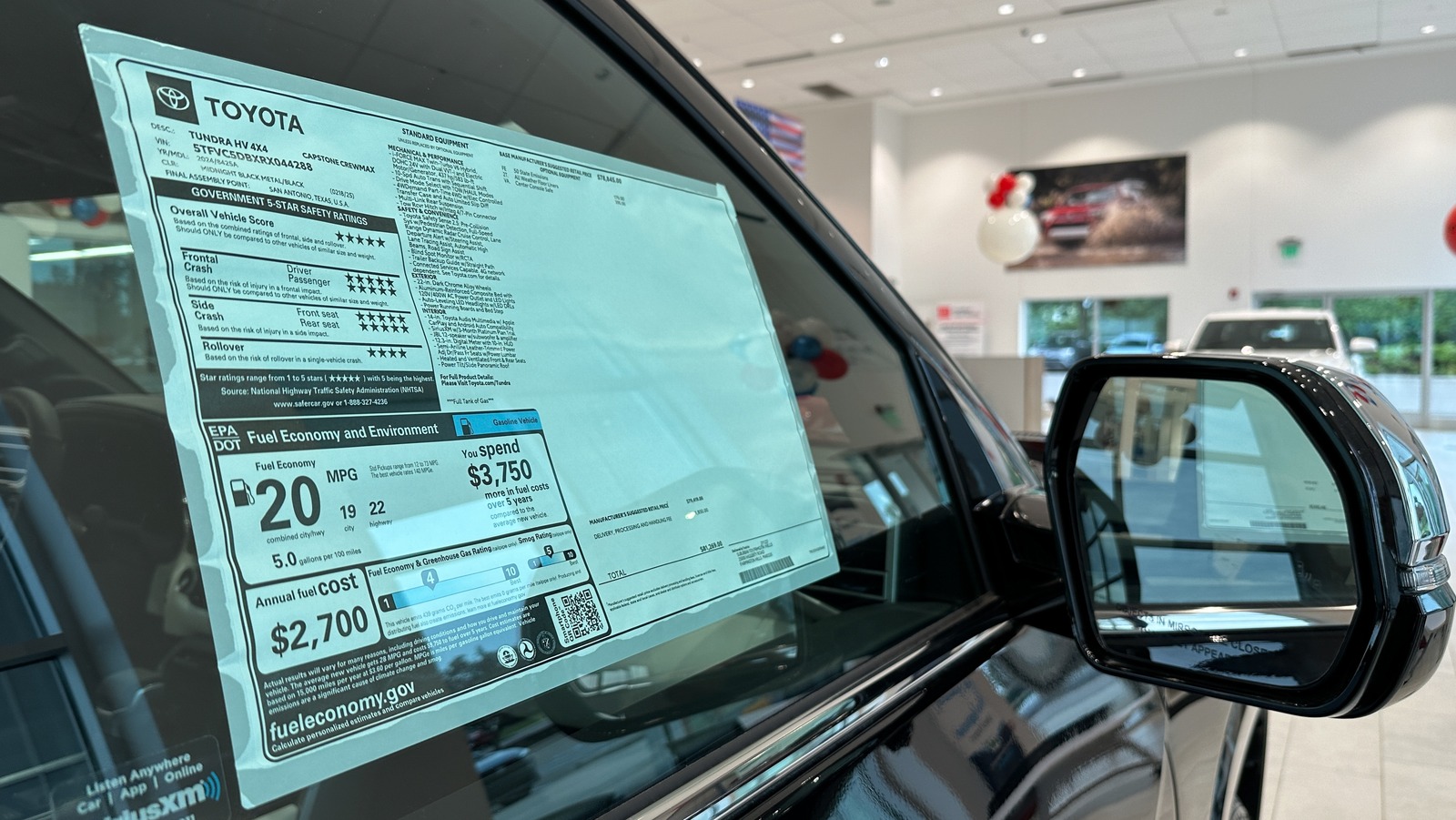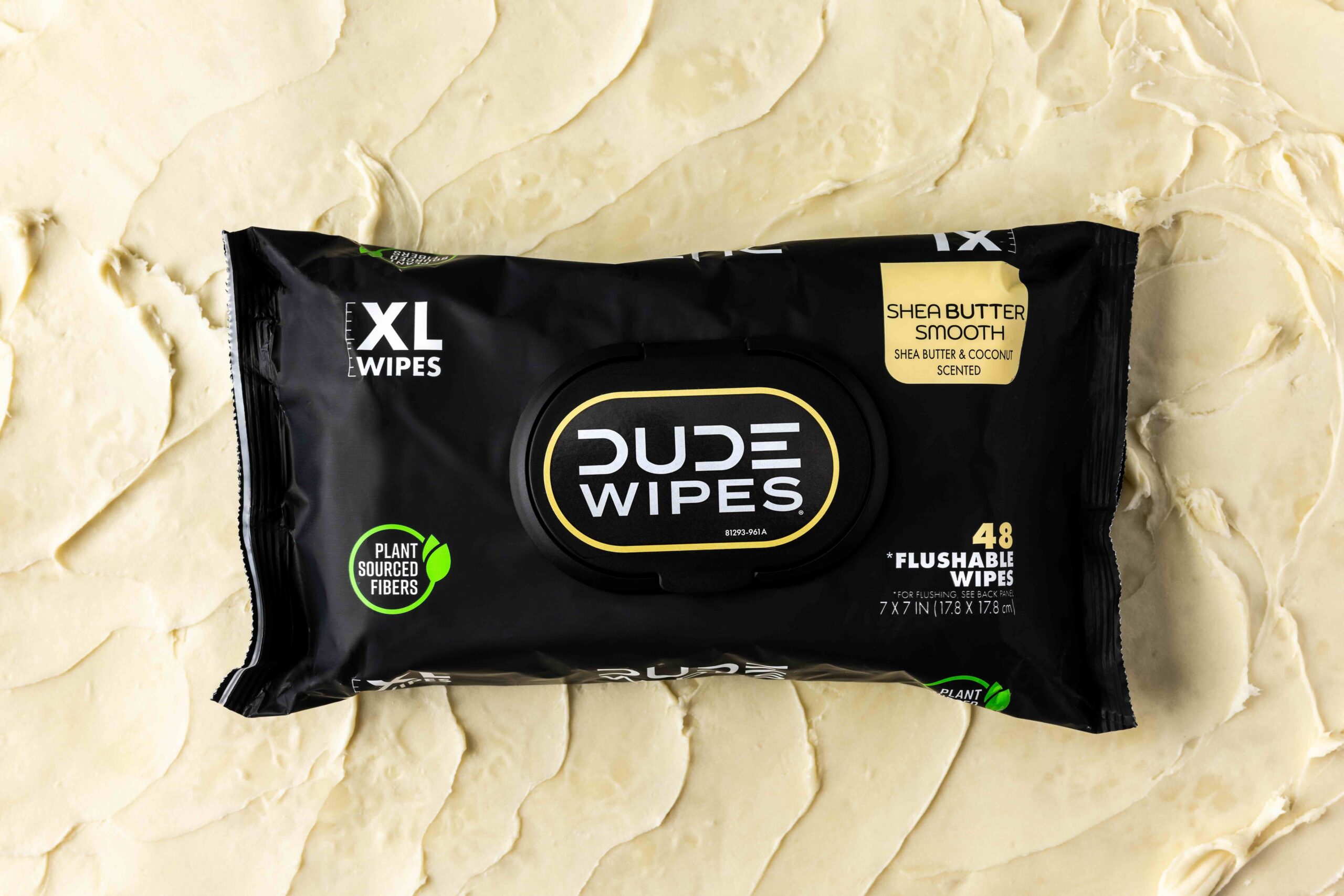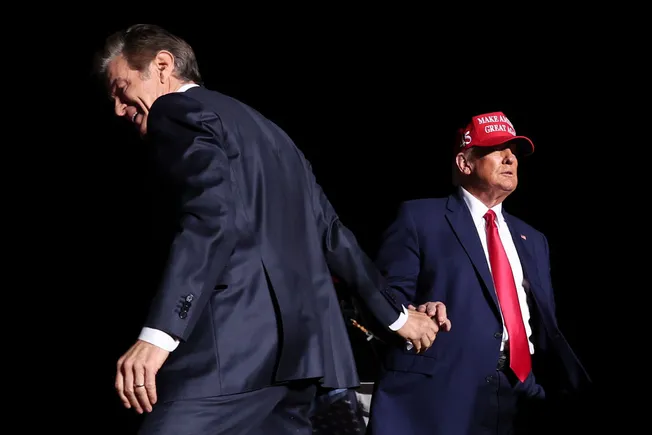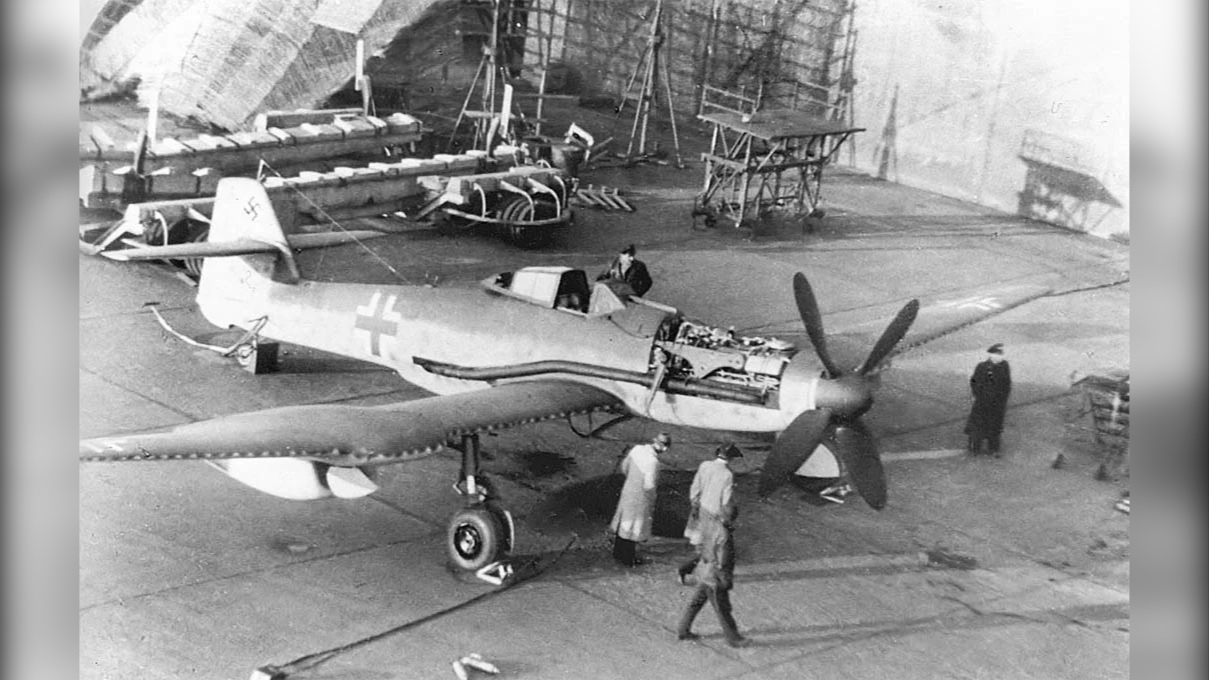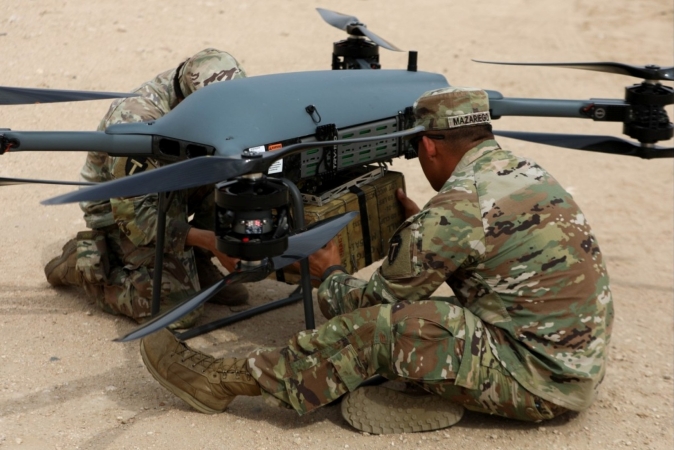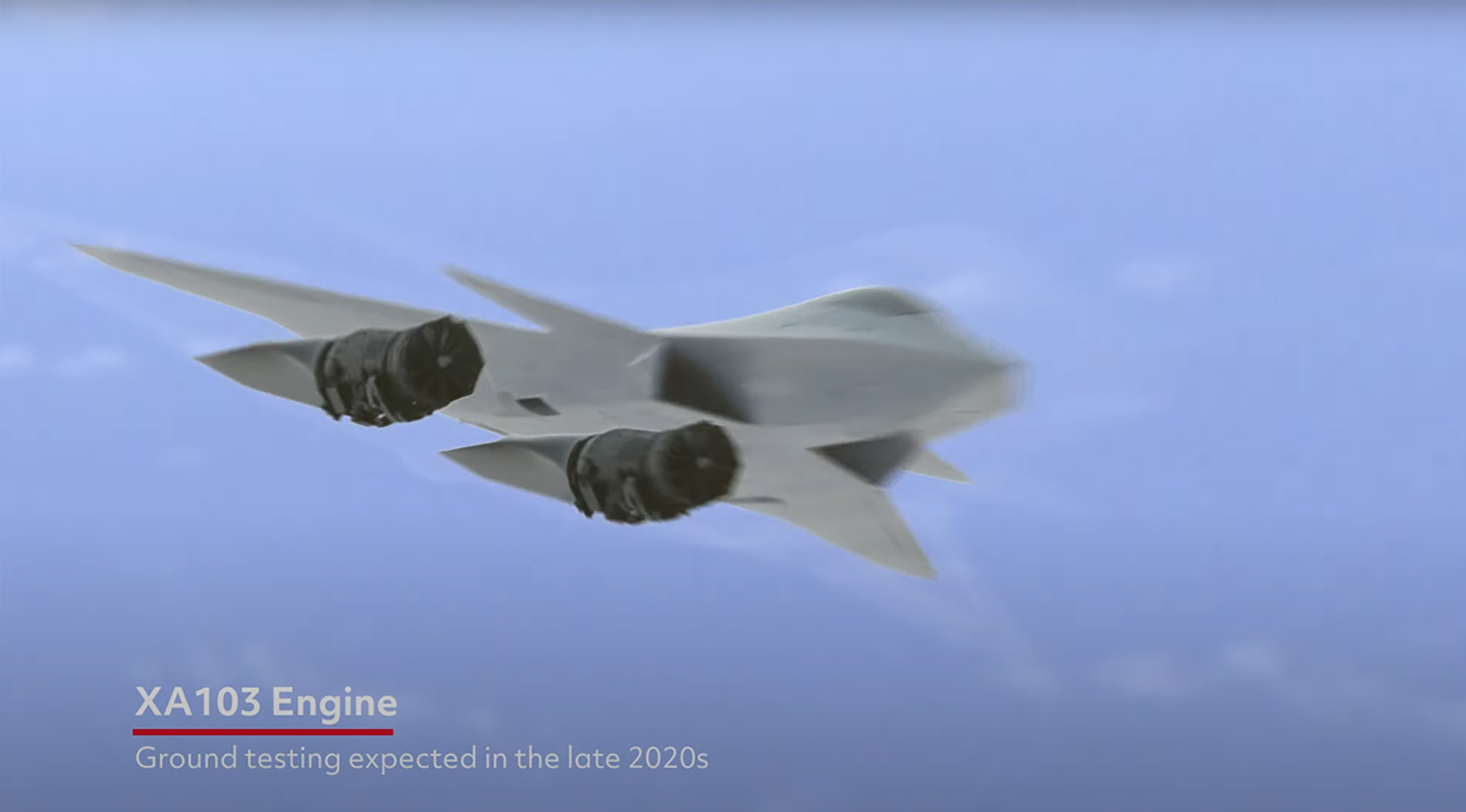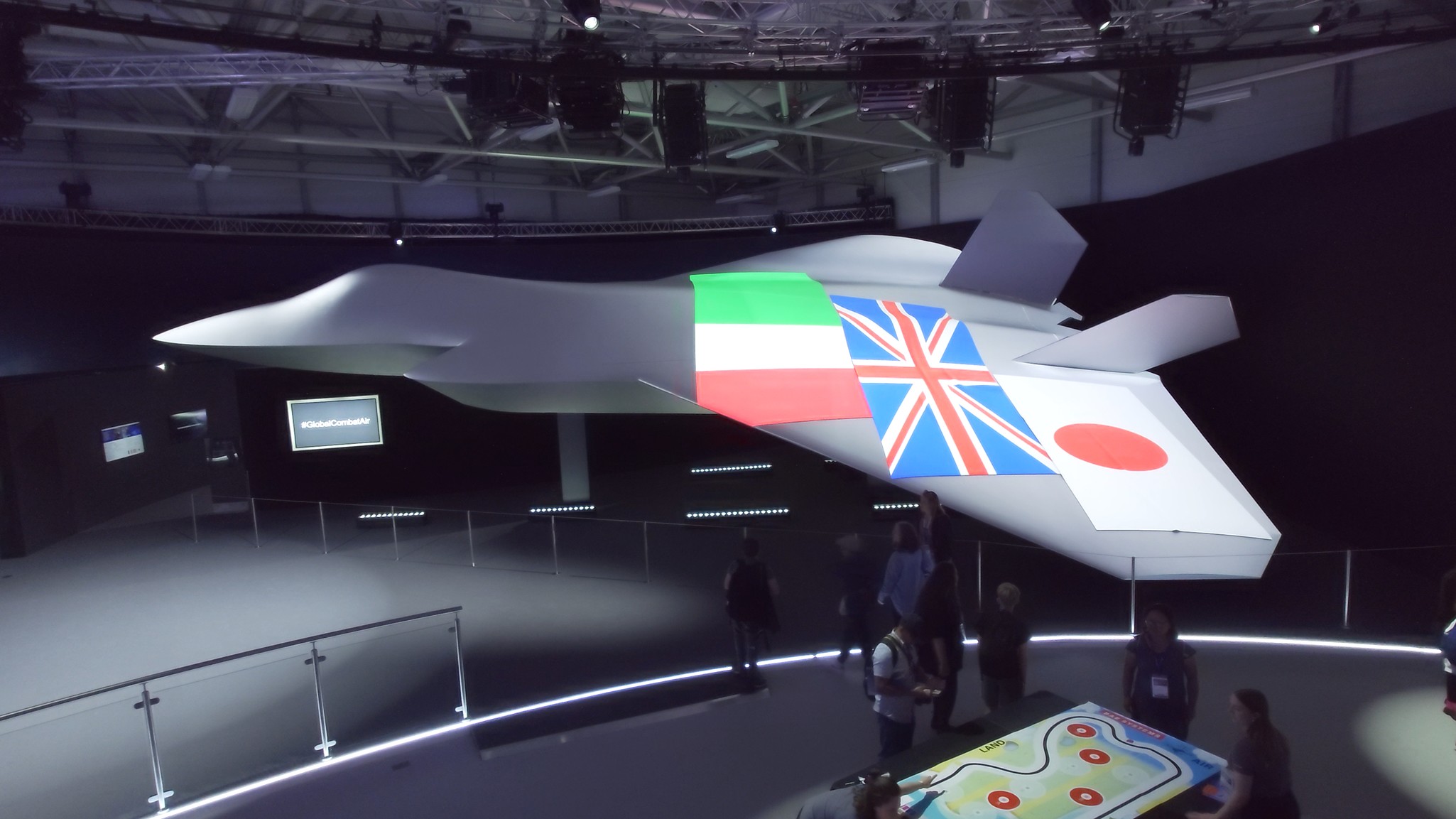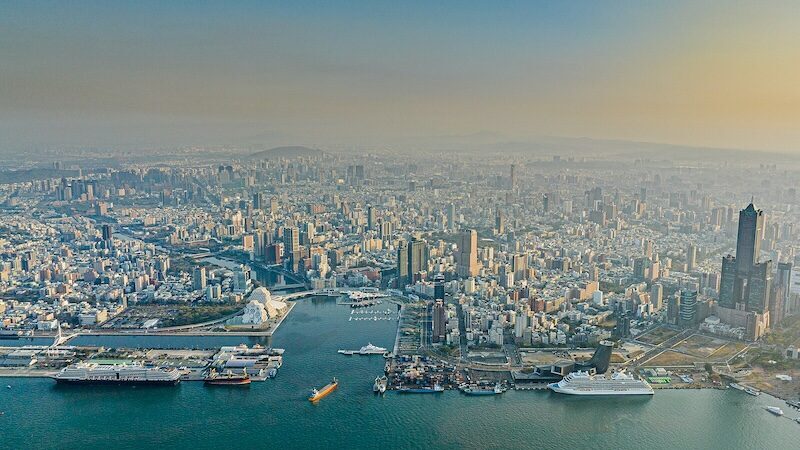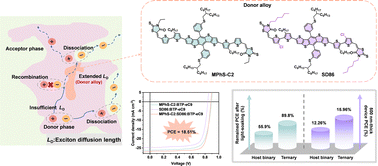How Fred Smith built FedEx into the world’s largest cargo airline
FedEx founder Fred Smith is being remembered as a legend in the freight transportation industry after his death on Saturday. Former FedEx employees have many stories about how Smith built the FedEx airline from scratch. The post How Fred Smith built FedEx into the world’s largest cargo airline appeared first on FreightWaves.

The rise of FedEx Corp. from a startup express carrier with a few aircraft to the largest air cargo airline in the world and facilitator of global commerce is one of the remarkable stories in American business history. Fred Smith, who founded and led the company as CEO for nearly 50 years, died Saturday at the age of 80.
Former employees said he was a hands-on executive with an uncanny eye for making aircraft deals.
“He wasn’t afraid to roll up his sleeves and get down in the details of things. Sometimes he would just leap over the chain of command to talk to the people he wanted to talk to. And he was famous for coming down, when the company was small, and watching the sort operation and talking to people,” said Steve Fortune, who heads his own aircraft investment consulting firm and worked in the 1980s as a FedEx analyst. “He had an incredible memory, an incredible memory for names, for people and things.”
FedEx currently has 710 aircraft, including nearly 400 planes it operates on trunk routes and 310 turboprop regional aircraft operated by contractors that feed FedEx hubs with shipments from smaller cities. The mainline fleet consists of Boeing 757s (large narrowbody freighter), Airbus A300-600 (small widebody jet), Boeing 767 (medium widebody), and large MD-11s and Boeing 777s. FedEx carries more cargo traffic than any other carrier, according to the International Air Transport Association.
On its first night of service in 1973, FedEx Express delivered 186 packages from Memphis, Tennessee, to 25 cities with 14 Dassault Falcon business jets. Ron Anderson, who was vice president of aircraft acquisitions and sales at FedEx from 1974 to 1991 and is part-owner of Alpha Aviation Partners, provided a history of Smith’s fleet strategy on the Time on Wing podcast in 2023.
“Fred Smith knows more about the aircraft market than anyone in the world today,” Anderson said at the time.
Smith made one of last public appearances last month at the International Society of Transport Aircraft Trading freighter forum in Miami.
In the early days, the FedEx offices at Memphis airport resembled quonset huts, the company was losing $1 million a month, and there were only 400 employees.
Today, the company employs more than 500,000 people around the world, connects more than 220 countries and territories, and moves nearly $2 trillion in goods annually and more than 17 million shipments per day.
Smith acquired the Dassault Falcon aircraft from Pan Am Airlines, which was the U.S. distributor of the French-made aircraft and ordered many for its new executive jet business. By the early 1970s, Pan Am changed its mind and began selling off the twin-engine planes. Smith initially bought 23 Falcons parked in the desert, but had to first convince American businessman and TransWorldAirlines (TWA) director Lester Crown to guarantee a loan to buy the planes and have them modified with a large cargo door, according to Anderson’s telling.
“The next year the value of the planes doubled with demand for corporate airplanes and no inventory, so the equity in those 23 planes helped start FedEx. We were opening three stations per week, which required someone to go negotiate an operating agreement with an airport and find a facility. So two of us flew around on a Piper Aero going to different airports,” he said.
Smith began looking for a plane to replace the Falcon and ordered 25 CL600s from Canadair in 1976. But when Congress deregulated the aviation industry and allowed planes with more than 7,5000 pounds of capacity, Smith lost interest in the CL600s and moved to get the Boeing 727. FedEx agreed to buy five of CL600s, but eventually sold four of them and made the fifth a corporate jet for the company’s executive team.
FedEx bought six Boeing 727-100s from United Airlines and two from LAN Chile in South America, followed by deals with United for seven additional aircraft and with Eastern Airlines for 14 aircraft, Anderson told the “Time on Wing” hosts.
“The economics were huge for us. The bigger an aircraft the lower the cost per pound. The yields with the Falcons carrying 6,000 pounds were fine, we made money. But the amount of money we could make with the larger airplane was exponential to us,” he said.

FedEx soon began to get competition. In the mid-1970s, Emery Air Freight, an airfreight forwarder, began leasing its own cargo planes for domestic freight transport. In 1984, UPS launched its own airline to augment its ground parcel delivery service.
Smith and his executives wanted a bigger plane to support shipping demand on key routes and opted for the DC-10 over the Boeing 747-200.
“Fred’s concern was if you could fill the 747 the economics worked, but if you didn’t fill it the economics would kill you compared to the DC-10,” said Anderson.
Continental Airlines bought eight DC-10-10s with freight doors so it could be eligible to participate in the military’s Civil Reserve Air Fleet, but never used the planes as freighters. FedEx moved in and negotiated to buy four of the planes and put them on domestic routes, the former FedEx executive said.
Fed Ex then bought 11 DC-10-30s.
“The problem was the plane had an elevator to move the galleys up and down. In order to turn them into a full freighter you had to remove those galleys. I negotiated a deal with Transamerica while [Smith] was golfing at Pebble Beach. They got a supplemental type certificate [from the FAA] to remove the elevator and within three months we had those planes in the fleet” FedEx ended up buying eight more DC-10-30s from World Airways.
“There’s no aircraft we didn’t look at as a potential freighter,” Anderson said.
When FedEx bought Flying Tiger Line in 1988 it had about a dozen DC-8s. Flying Tigers had a tight relationship with UPS, which also operated the DC-8, so FedEx sold six of the aircraft to UPS and the rest to other operators.
By 1980, FedEx had sold 30 of the 32 remaining Dassault Falcons in the fleet. With little initial interest, FedEx painted one plane camouflage, hung fake missiles on it to resemble a Dassault fighter jet, reinstalled the passenger interior and took it to the Paris Air Show. It sold 10 aircraft at the show, including to the Portuguese and Venezuelan air forces. Later, Flight Refueling in Bournemouth, England, took 10 Falcons and converted them into target-towing vehicles for use in training fighter pilots.
Many of the Falcons are still flying, according to Anderson. One, named after Smith’s daughter Wendy, went to the Smithsonian Museum. Another plane, named after second daughter Lauren, was supposed to be donated to the FedEx museum in Memphis.
“But we had sold it, but I couldn’t tell Fred Smith that. So we re-registered one of the unsold planes as that one,” Anderson recalled.
In 1982, Anderson helped Smith set up Federal Express Aviation Services. They hired a group of software engineers to create a database for compiling data on aircraft trading activity. The unit published monthly data about the global airfleet and listings of available aircraft, which gave FedEx a leg up on deals. It also sold the data to other parties.
Smith wanted to know more about the aircraft they were purchasing, so Anderson hired some software engineers and aviation professionals to create a database on aircraft trading activity. The unit was called Federal Express Aviation Services. Fortune played a key role managing the data project, which included time-consuming retrieval of aircraft bill of sales from microfiche files at the Federal Aviation Administration and purchasing transaction data from a small Swedish company with spotters around the world. The team gradually built a list of all commercial aircraft in the world and their transaction history.
The data gave FedEx a leg up on deals, according to Anderson and Fortune. FedEx published the data each month and sold portions of it to other customers. FedEx eventually determined the unit wasn’t core to its business and sold it. The database was subsequently bought by Aviation Week, Fortune said.
Anderson left FedEx to start an aircraft brokerage business called Intrepid Aviation. Smith invested in the company with the idea that the company would buy passenger planes that would make good candidates for freighter conversion at a later time. Anderson said he eventually bought out Smith to avoid potential conflicts of interest.
In 1989, FedEx purchased cargo airline Flying Tigers.
The fax idea that failed
As with any successful entrepreneur, Smith experienced failures along with the great success. In 1984, FedEx launched Zapmail, which used fax machines to expedite the delivery of documents at a time when telex machines were in fashion and fax machines weren’t ubiquitous yet. FedEx heavily invested in fax machines from NEC Corp. in Japan with the idea that people would deliver a document to a FedEx office for transmission to a FedEx office in another city where the recipient would pick it up. For high-volume users FedEx also installed Zapmailer fax machines on the premises.
The FedEx strategy was driven by an expectation that customers would pay a premium to have their documents delivered in hours instead of overnight, according to news accounts. FedEx officials also believed that by migrating document traffic from trucks and aircraft, they could significantly reduce transportation costs and then officer discounted services to increase volumes and margins.
“Needless to say, it was not a big success,” Fortune said, as companies and individuals bought fax machines of their own as the cost came down.
Click here for more FreightWaves/American Shipper stories by Eric Kulisch.
RELATED READING:
FedEx names new chairman to replace founder Fred Smith
Fred Smith, FedEx founder and parcel industry pioneer, dies at 80
The post How Fred Smith built FedEx into the world’s largest cargo airline appeared first on FreightWaves.










